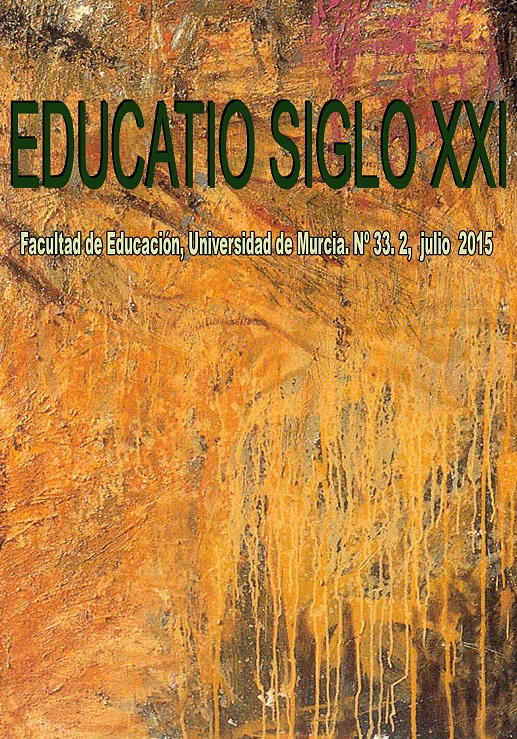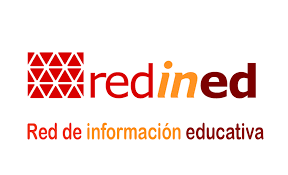Analysis of the Early School Leaving situation in Castile and Leon
Abstract
This study identifies the measures provided by the government of Castile and Leon in the years 2007-2011 to prevent and combat early school leaving. It also conceptualises teachers’ views about the phenomenon, what they know about these measures and how they rate their degree of implementation and effectiveness. This
community is known for its educational success considering international benchmarks such as PISA assessment or diagnosis evaluations. However, its dropout rate has touched the national average since 1998 and went over it in 2011. After a documentary analysis of the measures referred to in the Agreements with the Ministry of Education and related documents on ESL, we designed an evaluation questionnaire validated by experts in order to know the implementation of the measures to combat early school leaving; another questionnaire with a sample of 67 HighSchools schools in Castile and Leon and a group discussion were also used. Results allow us to contrast institutional and teachers’ views, a key dimension for the mobilisation and coordination of measures for the prevention and mitigation of ESL. Our study concludes that further efforts are to be made in the implementation of measures, in improving coordination with other ministries and agents outside the field of education, in giving more support to schools, and in performing a wide dissemination of the problem and its educational, economic, social and labour consequences.
Downloads
-
Abstract561
-
PDF (Español (España))349
Original work publishes in this journal is subject to the following terms:
1. Murcia University Press (the publishing house) holds the copyright of the publishes work, and favours and allows their reutilization under the use license stated in point 2.
© Servicio de Publicaciones, Universidad de Murcia, 2015
2. Work is published in the electronic edition under a license (Creative Commons Reconocimiento-NoComercial-SinObraDerivada 4.0 España (legal text). They can be copied, used, disseminated, transmitted and publicly presented, as long as: i) authorship and original publication source is acknowledged (journal, publishing house and URL of the work); ii) are not used for commercial purposes; iii) the existence and specifications of this use license is stated.
3. Conditions for self-archive. Authors are allowed and encouraged to disseminate electronically the pre-pint (before review) and/or post-print (accepted for publication) versions of their work before their publication since that favours earlier circulation and dissemination resulting in an increased chance for the authors to be cited and for the work to reach a bigger share of the academic community. Colour: RoMEO: green.







